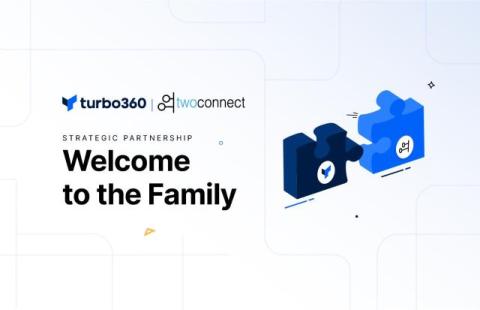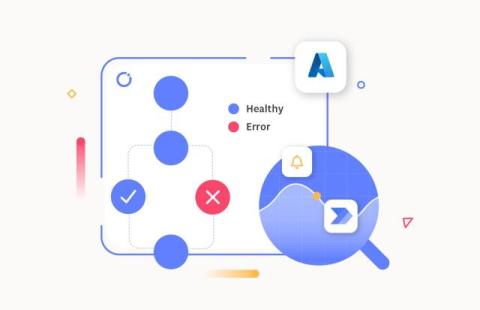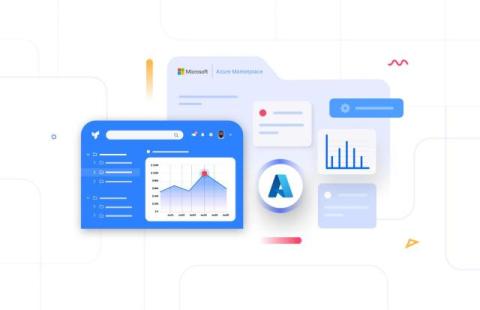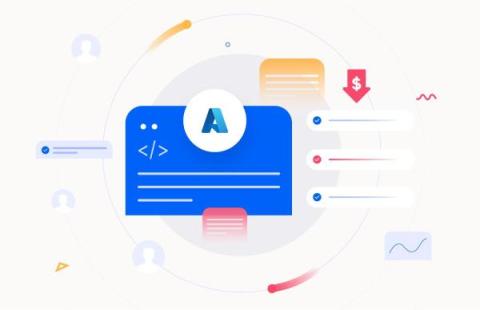Azure Advisor Cost Recommendations: Implementation Best Practices
Microsoft Azure offers a variety of solutions for cost management, with Azure Advisor being one of the core features. Azure Advisor provides insights into reservations and right-sizing for various Azure resources. While Microsoft Azure excels at building and deploying solutions, there is often a notable gap when it comes to operations and cost management.










